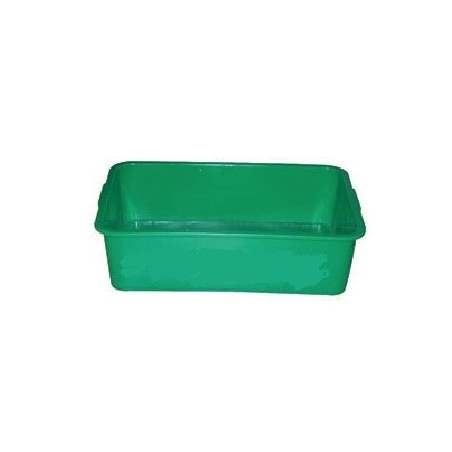 The risk of the African swine fever virus (ASF) entering unaffected regions of the EU through feed has been analyzed in the last council of the European Food Safety Authority (EFSA) in relation to this disease (EFSA, 2021), as mentioned in Agrodigital on April 28, 2021.
The risk of the African swine fever virus (ASF) entering unaffected regions of the EU through feed has been analyzed in the last council of the European Food Safety Authority (EFSA) in relation to this disease (EFSA, 2021), as mentioned in Agrodigital on April 28, 2021.
In this assessment, made from the systematic review of the literature, recently published data were available for viral persistence in cereals, oilseeds, legumes, tubers, forages, blood products and hydrolysates of porcine proteins and fiber. The analysis has been carried out by three independent Expert Groups (EKEs) made up of six to eight members each. The analysis was carried out in three steps: evaluating the probability of contamination of a product; evaluating the probability that the contaminated product has enough viable virus to infect a pig (the infectious dose); and assessing the volume of trade or imports of each product from an affected area in the EU or from Eurasia that would reach a small or large-scale pig farm.

The result of the model provided a range of the risk of each product in relation to the probability of contamination, to the volume of trade (from the affected areas in Europe) or from the import of the affected areas in Europe and from the areas in Eurasia, with respect to the number of potentially infected pig farms.
Feed ingredients, in general, have a low risk of transmitting the disease. It is noteworthy that certain processed products, such as blood products (spray dried blood plasma) and hydrolyzed proteins, are products with a very low risk, even below the ingredients of plant origin, mainly due to the fact that the production of these products is highly regulated and that production processes have shown that they are efficient in eliminating risk, in addition to being used in a short window of time during the life of the animals (generally at weaning). This result confirms the opinion of other international agencies (OIE, ANSES, EU) that have indicated that blood products are safe products for use in animal feed.
In general, strict compliance with biosafety and storage processes (storage time, treatment temperature) are the guarantee for a reduction / elimination of possible contamination by this virus
May 13, 2021 - APC






